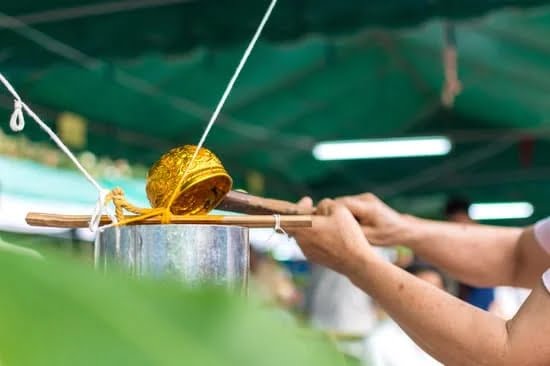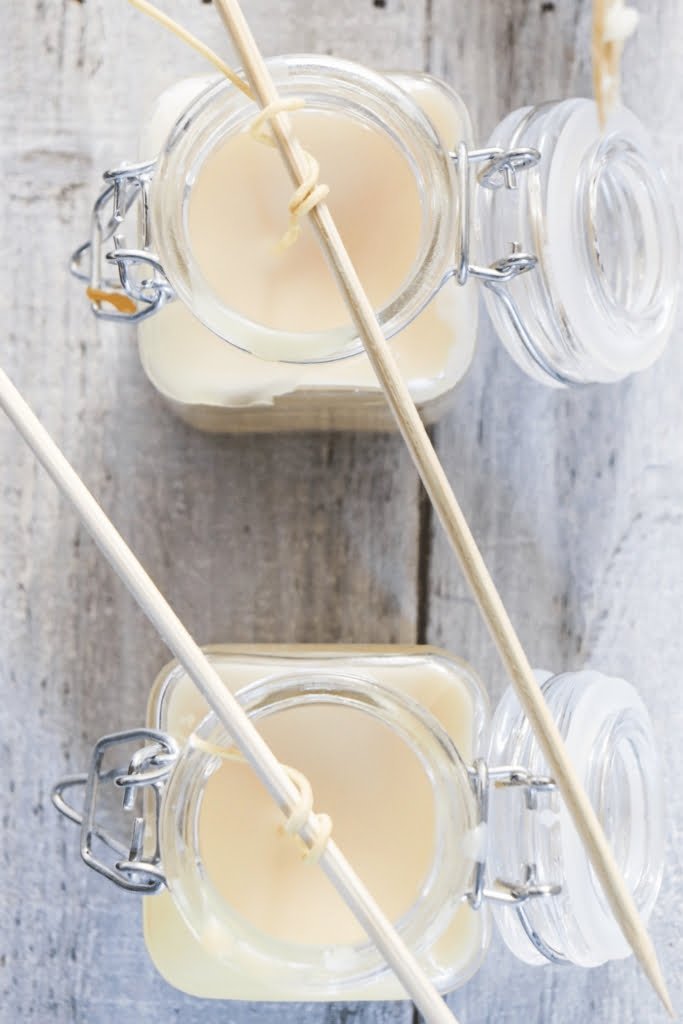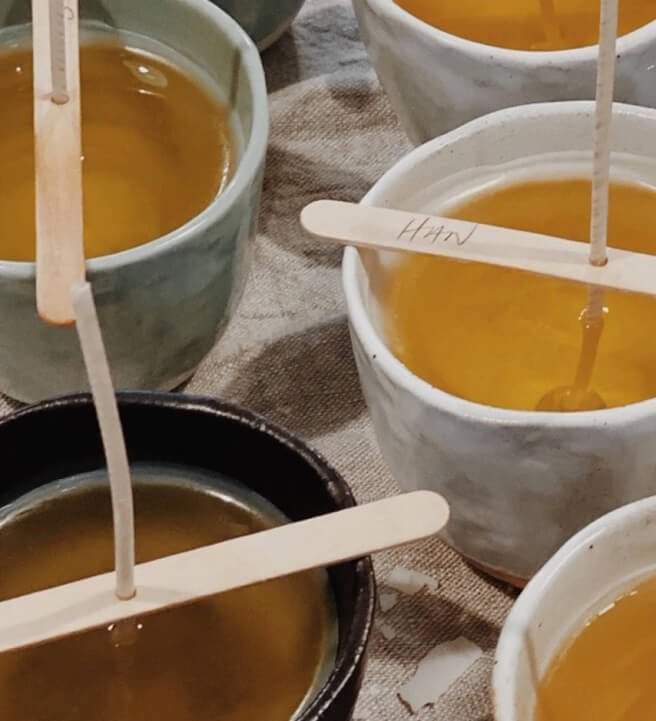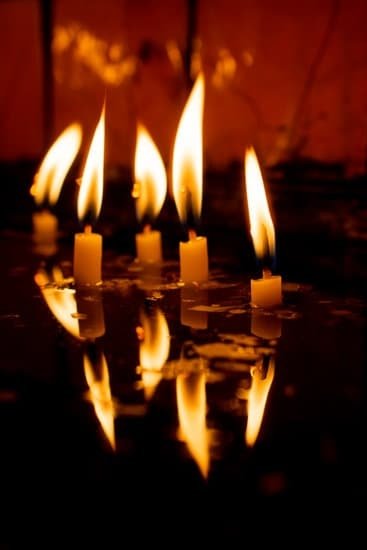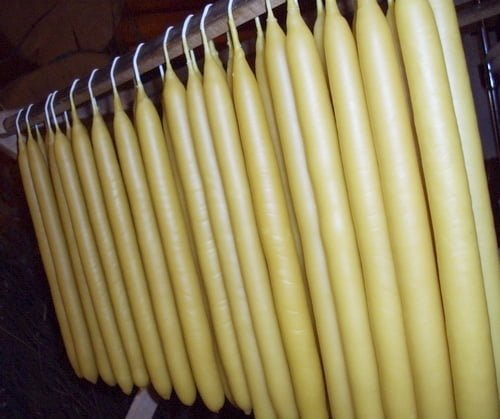Are you wondering, “Can I use perfume in candle making?” The answer is yes, but there are important considerations to keep in mind. From choosing the right fragrance to understanding the proper techniques, using perfume in candle making can add a unique and personalized touch to your creations. In this article, we will explore the world of perfumed candles and provide valuable insights into how to incorporate perfume effectively into your candle making process.
Candle making is a centuries-old craft that has evolved over time to include a wide variety of fragrances. Whether you are a seasoned candle maker or just starting out, understanding the types of fragrances available and their characteristics is crucial. From floral and fruity scents to woody and herbal notes, the possibilities are endless when it comes to creating beautifully scented candles.
When it comes to incorporating fragrance into candles, there is often a debate between using essential oils and perfumes. Each option has its own set of benefits and drawbacks, which we will delve into further in this article. Understanding the difference between these two types of fragrances can help you make informed decisions when creating your scented candles.
Types of Fragrances Used in Candle Making
When it comes to candle making, using the right fragrance is essential in creating a desirable product. There are various types of fragrances that can be used in candle making, each offering a unique scent profile and characteristics. Whether you prefer natural or synthetic fragrances, there are plenty of options to choose from when it comes to enhancing your candles with delightful scents.
- Essential Oils: These natural oils are derived from plants, flowers, and fruits, and offer a wide range of therapeutic benefits. Some popular essential oils used in candle making include lavender, eucalyptus, peppermint, and citrus oils.
- Fragrance Oils: Also known as perfume oils, these are synthetic or partially synthetic scents that are specifically formulated for use in candles. They come in a vast array of scents such as floral, fruity, spicy, and woody fragrances.
- Aromatherapy Blends: These blends typically combine essential oils with other natural scents to create unique aromas that not only smell good but also promote relaxation and well-being.
Can I Use Perfume in Candle Making?
Yes, you can definitely use perfume in candle making. In fact, some candle makers prefer using perfumes for their wide variety of scents and long-lasting fragrance. However, it is important to note that not all perfumes are suitable for candle making. It’s essential to select high-quality perfumes specifically designed for use in candles to ensure safety and quality.
Difference Between Essential Oils and Perfumes in Candle Making
When it comes to candle making, the type of fragrance used can greatly impact the overall quality and appeal of the finished product. One common question that often arises is whether perfume can be used in candle making as an alternative to essential oils. Understanding the key differences between essential oils and perfumes in candle making can help shed some light on this topic.
Essential oils are natural, concentrated liquids derived from plants through methods such as steam distillation or cold pressing. They offer a wide range of therapeutic benefits and come in a variety of scents, making them popular choices for candle making. On the other hand, perfumes are synthetic or artificially created fragrances that mimic natural scents. While they may offer a wider variety of scents compared to essential oils, they may not provide the same therapeutic properties.
When it comes to candle making, one key difference between essential oils and perfumes lies in their composition. Essential oils are typically pure and undiluted, while perfumes often contain a mixture of synthetic compounds and alcohol. This composition difference can affect how the fragrance performs when added to wax, as well as its overall strength and longevity in the finished candle. Understanding these differences can help determine whether using perfume in candle making is suitable for your specific needs.
Pros and Cons of Using Perfumes in Candle Making
When it comes to candle making, using perfumes as a fragrance option has its own set of advantages and disadvantages. One of the main advantages is the wide variety of scents that perfumes offer, giving candle makers a plethora of options to choose from. Additionally, perfumes tend to have stronger and longer-lasting scents compared to essential oils, which can be appealing to some consumers.
On the other hand, there are also drawbacks to using perfumes in candle making. For one, some perfumes contain chemicals that may not be suitable for burning, leading to potential health concerns when inhaling the fumes. Another disadvantage is that perfumes may not mix well with the wax and may affect the overall quality and performance of the candle.
| Advantages | Disadvantages |
|---|---|
| Wide variety of scent options | Potential health concerns from chemicals |
| Longer-lasting scents | May not mix well with wax |
How to Properly Incorporate Perfume Into Candle Making
When it comes to incorporating perfume into candle making, there are a few key steps to ensure that the process is done properly. The first step is to choose the right type of perfume for your candles. It’s important to select a perfume that is specifically designed for use in candle making, as regular perfumes may not hold up well during the candle-making process and could potentially pose safety risks.
Once you have chosen a suitable perfume, it’s important to carefully measure and add the fragrance to your wax at the correct temperature. Adding the perfume at too high of a temperature can cause it to evaporate too quickly, while adding it at too low of a temperature can cause it to clump and not disperse evenly throughout the candle wax.
It’s also recommended to conduct small test batches when incorporating perfume into candle making in order to determine the appropriate amount of fragrance needed for your desired scent strength. Additionally, proper mixing and stirring of the perfume into the melted wax is crucial in order to ensure an even distribution of the fragrance throughout the finished candle.
Overall, following these steps will help ensure that you properly incorporate perfume into your candle making process, resulting in fragrant and long-lasting candles.
Tips for Choosing the Right Perfume for Candle Making
When it comes to choosing the right perfume for candle making, there are a few key considerations to keep in mind. Whether you are making candles for personal use or for sale, selecting the perfect fragrance can make a big difference in the final product. Here are some tips to help you choose the right perfume for your candle making endeavors.
Consider the Candle Type and Audience
The type of candle you are making and the target audience should heavily influence your choice of perfume. For example, if you are creating a calming, spa-inspired candle, you might opt for soothing scents like lavender or eucalyptus. On the other hand, if your target market is younger and trendier, you might want to go with more vibrant and fruity fragrances. Consider who will be enjoying your candles and what kind of atmosphere you want to create.
Quality Matters
When choosing a perfume for candle making, it’s important to prioritize quality. Not all perfumes are created equal, and using low-quality or diluted fragrances can result in a less-than-desirable scent throw in your candles. Look for high-quality perfumes that are specifically formulated for candle making to ensure the best results.
Experiment and Test
Don’t be afraid to experiment with different perfumes and fragrance combinations to find the perfect match for your candles. It’s a good idea to test out small batches before committing to a specific scent on a larger scale.
This will allow you to gauge how the perfume interacts with the wax and how strong the scent throw is once the candle is lit. By taking the time to experiment and test different options, you can ultimately find the ideal perfume for your candle making endeavors.
By following these tips, you can use perfume in candle making effectively and create beautiful, aromatic candles that delight your senses.
Common Mistakes to Avoid When Using Perfume in Candle Making
Using perfume in candle making can add a lovely, unique scent to your candles. However, it’s important to be aware of some common mistakes that can occur when incorporating perfume into your candle making process. Avoiding these mistakes will help ensure that your candles turn out beautifully scented and safe for use.
Using Too Much Perfume
One common mistake when using perfume in candle making is using too much of it. While you may want a strong scent, adding too much perfume can actually create an overpowering or unpleasant smell. It can also affect the quality of the candle and its burning time. To avoid this mistake, it’s important to carefully measure and follow guidelines for the amount of perfume to use based on the type and quantity of wax you are using.
Not Considering Flash Point
Another mistake to avoid is not considering the flash point of the perfume you are using. The flash point is the temperature at which a particular liquid emits enough vapor to ignite in air. When adding perfume to hot wax, it’s crucial to ensure that the fragrance has a high enough flash point to prevent any potential fire hazards during the candle making process.
Ignoring Allergens
Ignoring allergens in the perfume you choose for candle making can also be a common oversight. Some individuals may have sensitivities or allergies to certain fragrances or ingredients found in perfumes. It’s important to consider potential allergens and choose perfumes that are safe and suitable for use around individuals with sensitivities.
By being mindful of these common mistakes, you can ensure that you are incorporating perfume into your candle making process safely and effectively.
Fragrance Safety and Regulations in Candle Making
When it comes to using perfume in candle making, it’s important to consider fragrance safety and regulations. Many people wonder whether it is safe to use perfume in candle making, and the answer is not as straightforward as one might think.
First and foremost, it’s essential to check the safety guidelines and regulations set by the National Candle Association (NCA) or any relevant regulatory body in your country. These guidelines will outline the approved fragrances for candle making, as well as any restrictions or limitations on certain ingredients. Adhering to these regulations is crucial to ensure that your candles are safe for use and comply with industry standards.
Additionally, fragrance safety concerns extend beyond regulatory compliance. Some perfumes may contain ingredients that could be harmful when burned, releasing toxins into the air. It’s important to thoroughly research the ingredients of any perfume you plan to use in candle making and consider potential health risks associated with burning those fragrances indoors.
Furthermore, proper labeling of candles containing perfumes is also an important aspect of fragrance safety and regulations. Clear and accurate labeling ensures that consumers are aware of the ingredients used in the candles they purchase, allowing them to make informed decisions about their usage. By following these important safety considerations, candle makers can ensure that their products are both enjoyable and safe for use.
Creative Ways to Use Perfume in Candle Making
Using perfume in candle making can add an extra layer of creativity and uniqueness to your homemade candles. While traditional fragrance oils are typically used, incorporating perfume into your candle making process can result in a one-of-a-kind scent that stands out from the rest.
One creative way to use perfume in candle making is to mix different perfume scents together to create a custom fragrance for your candles. This allows you to experiment with various scent combinations and tailor the aroma to your specific preferences or for a particular event or season. You can also blend the perfume with traditional fragrance oils to create a truly unique and personalized scent profile.
Another creative method is to use perfume as a finishing touch for your candles. Once the candle has set, instead of applying traditional fragrance oil on top, you can lightly spritz the surface of the candle with perfume, giving it a subtle and sophisticated aroma. This method not only adds an extra element of luxury to your candles but also allows you to utilize any leftover or unwanted perfumes that may be sitting around.
Incorporating perfume into your candle making process opens up endless possibilities for creating distinctive and captivating scents. Whether used on its own or combined with other fragrances, the use of perfume introduces a new dimension to homemade candles, making them truly special and memorable.
| Creative Way | Description |
|---|---|
| Mixing Perfume Scents | Blend different perfumes together for a custom fragrance. |
| Finishing Touch | Lightly spritzing candles with perfume after setting adds sophistication. |
Conclusion
In conclusion, using perfume in candle making is a creative and versatile way to add unique scents to your homemade candles. While essential oils are commonly used for their natural aromas, perfumes can also provide a wide range of fragrance options that may not be available through essential oils alone. However, it’s important to consider the pros and cons of using perfumes in candle making and to follow proper guidelines for incorporating them into your candle-making process.
When it comes to choosing the right perfume for candle making, it’s important to select high-quality fragrances that are specifically formulated for use in candles. Additionally, being mindful of fragrance safety and regulations is crucial to ensure that your candles are safe for use. By avoiding common mistakes and following best practices, you can successfully create beautifully scented candles using perfumes.
Overall, while there are considerations to keep in mind when using perfume in candle making, it can be an exciting way to explore unique scent combinations and unleash your creativity. Whether you’re making candles for personal use or as gifts for others, incorporating perfumes into your candle-making process can elevate the sensory experience and result in beautifully fragrant candles. So go ahead and explore the world of perfume-infused candle making – the possibilities are endless.
Frequently Asked Questions
Can I Make a Candle That Smells Like My Perfume?
It is possible to make a candle that smells like your perfume. This can be achieved by using fragrance oils that have a similar scent profile to your perfume. By adding these fragrance oils to the wax when making the candle, you can create a product that closely resembles the scent of your favorite perfume.
Can You Add Perfume to Wax?
Yes, you can add perfume to wax when making candles, but it’s important to note that not all perfumes are suitable for this purpose. Some perfumes contain alcohol or other ingredients that may not work well with the wax and could affect the quality of the candle.
It’s best to use fragrance oils specifically designed for candle-making, as they are formulated to be compatible with the wax and will provide a better scent throw.
What to Avoid When Making Candles?
When making candles, it’s important to avoid using fragrances or essential oils that are not skin-safe or intended for candle-making. These can pose health risks when the candle is burned.
Additionally, it’s important to avoid overheating the wax, as this can be a fire hazard. Properly melting and pouring the wax at the appropriate temperature is crucial for safety and achieving a good quality candle.

Welcome to my candle making blog! In this blog, I will be sharing my tips and tricks for making candles. I will also be sharing some of my favorite recipes.

